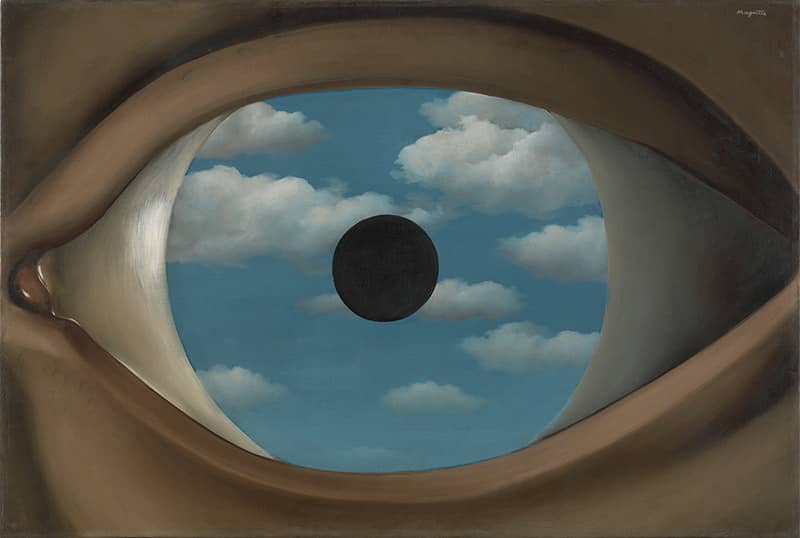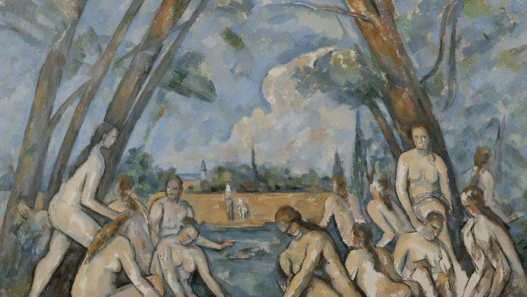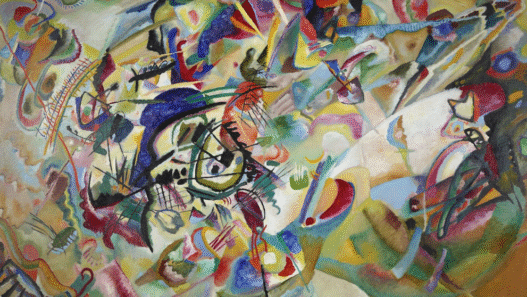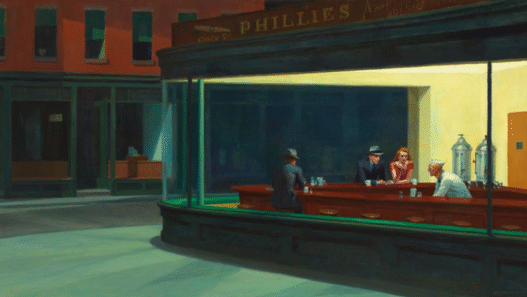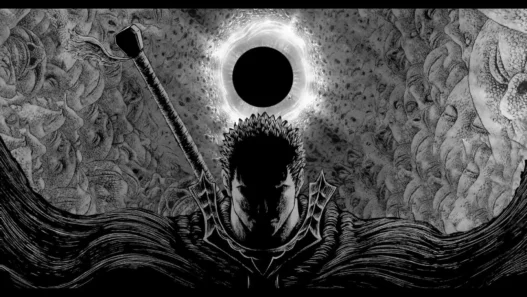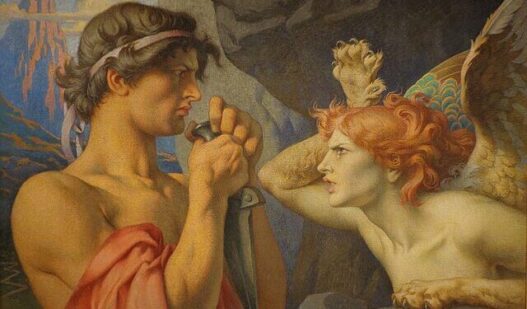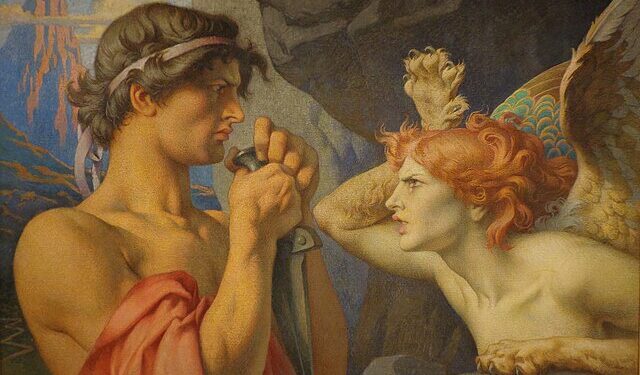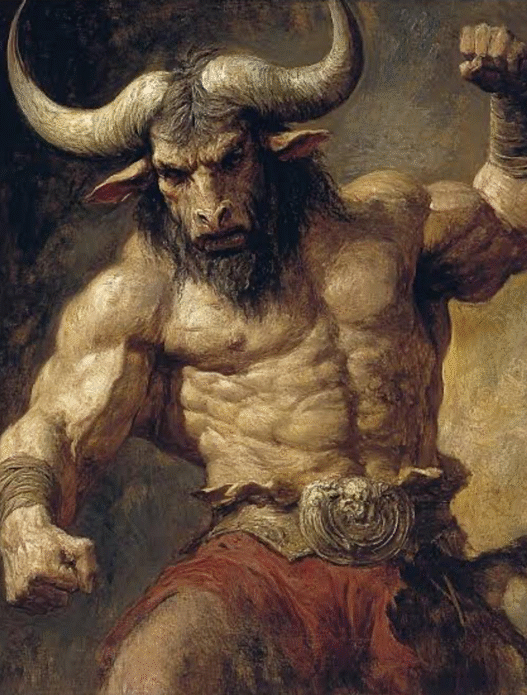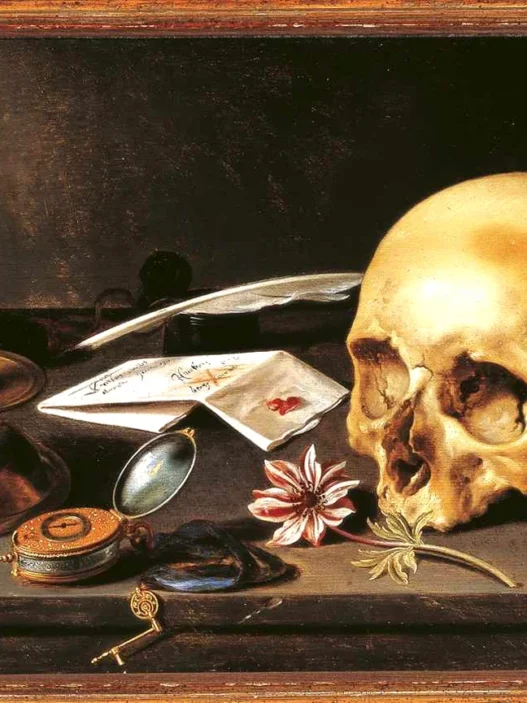The mythological story of Oedipus and the Sphinx is rich in symbolism, representing various themes and aspects of human nature. But what does the Sphinx in Greek mythology truly represent?
The Sphinx: In Greek mythology, the Sphinx was a mythical creature with the body of a lion and the head of a human or sometimes a ram.
It is often portrayed as a guardian or enigma.
The Sphinx in the story of Oedipus represents a riddle that needs to be solved. It symbolises the challenges, mysteries, and obstacles that individuals encounter in their lives, particularly those related to self-discovery and understanding.
The Riddle:
“What walks on four legs in the morning, two legs at noon, and three legs in the evening?”
It represents the journey of life, starting with crawling as an infant (four legs), walking on two legs during adulthood (noon), and using a cane in old age (three legs).
The riddle serves as a metaphor for the stages of human existence and the passage of time. This riddle has been analyzed in mythological studies as a metaphor for the human condition.
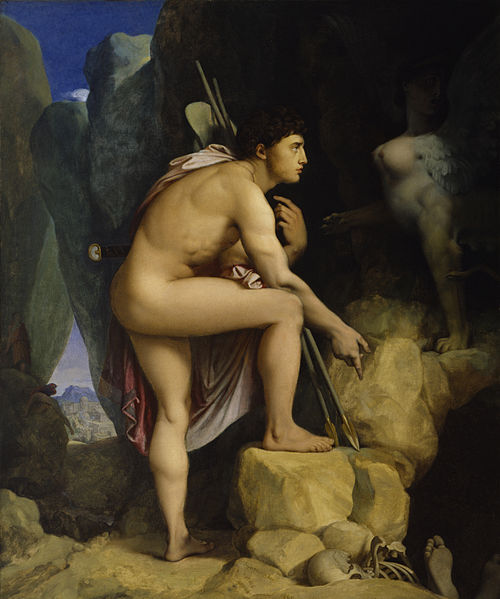
Oedipus’ Intelligence: Oedipus’ ability to solve the Sphinx’s riddle demonstrates his intelligence, cleverness, and problem-solving skills.
It symbolises human intellect and the power of knowledge and wisdom in overcoming challenges and unraveling mysteries. Oedipus’ triumph over the Sphinx signifies the triumph of reason and intellect over adversity and the unknown.
After Oedipus successfully answers the Sphinx’s riddle, he becomes the king of Thebes and unknowingly fulfils a tragic prophecy: killing his father and marrying his mother.
This aspect of the story highlights the theme of fate and the inability to escape one’s predetermined destiny. Oedipus’ later self-inflicted blindness serves as a powerful symbol of his realisation and acceptance of the truth, as well as his internal suffering and torment.
In some versions of the myth, Oedipus encounters the Sphinx at a crossroads.
Crossroads are often symbolic of important choices and decisions in life.
The encounter with the Sphinx at the crossroads represents a pivotal moment for Oedipus, where he must make a crucial decision that will shape his destiny.
It symbolises the intersection of fate and free will, emphasising the consequences of our choices and actions.
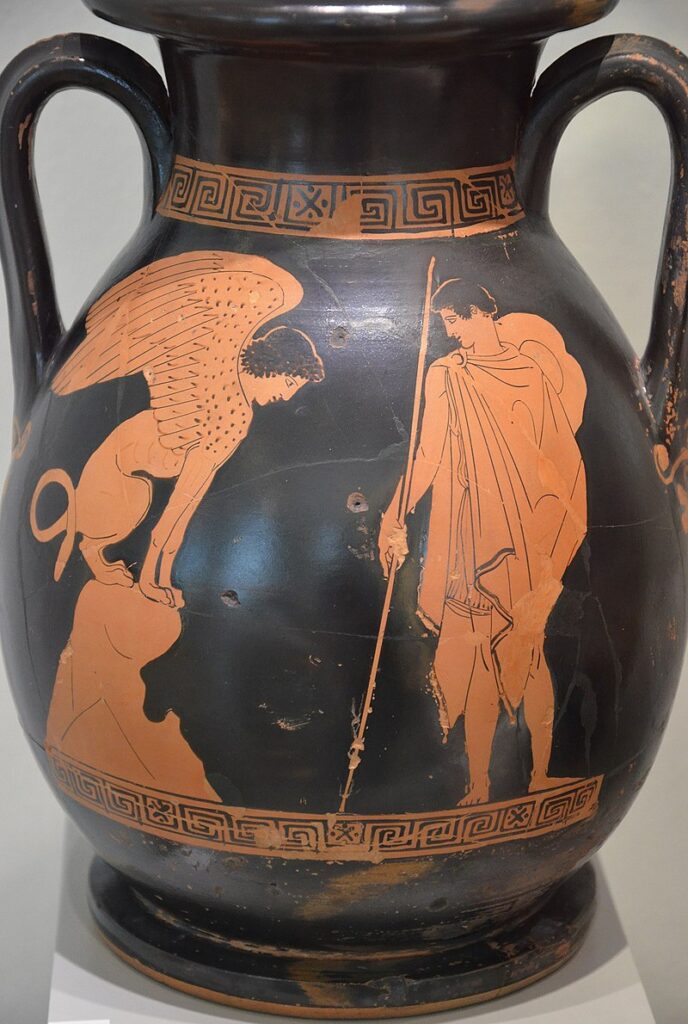
Overall, the symbolism in the story of Oedipus and the Sphinx encompasses themes of self-discovery, the human condition, the triumph of intellect, the inevitability of fate, and the consequences of one’s choices.
It invites reflection on the complexities of life and the pursuit of knowledge, as well as the complexities of human nature and the struggles we face in our journey towards self-realisation.
